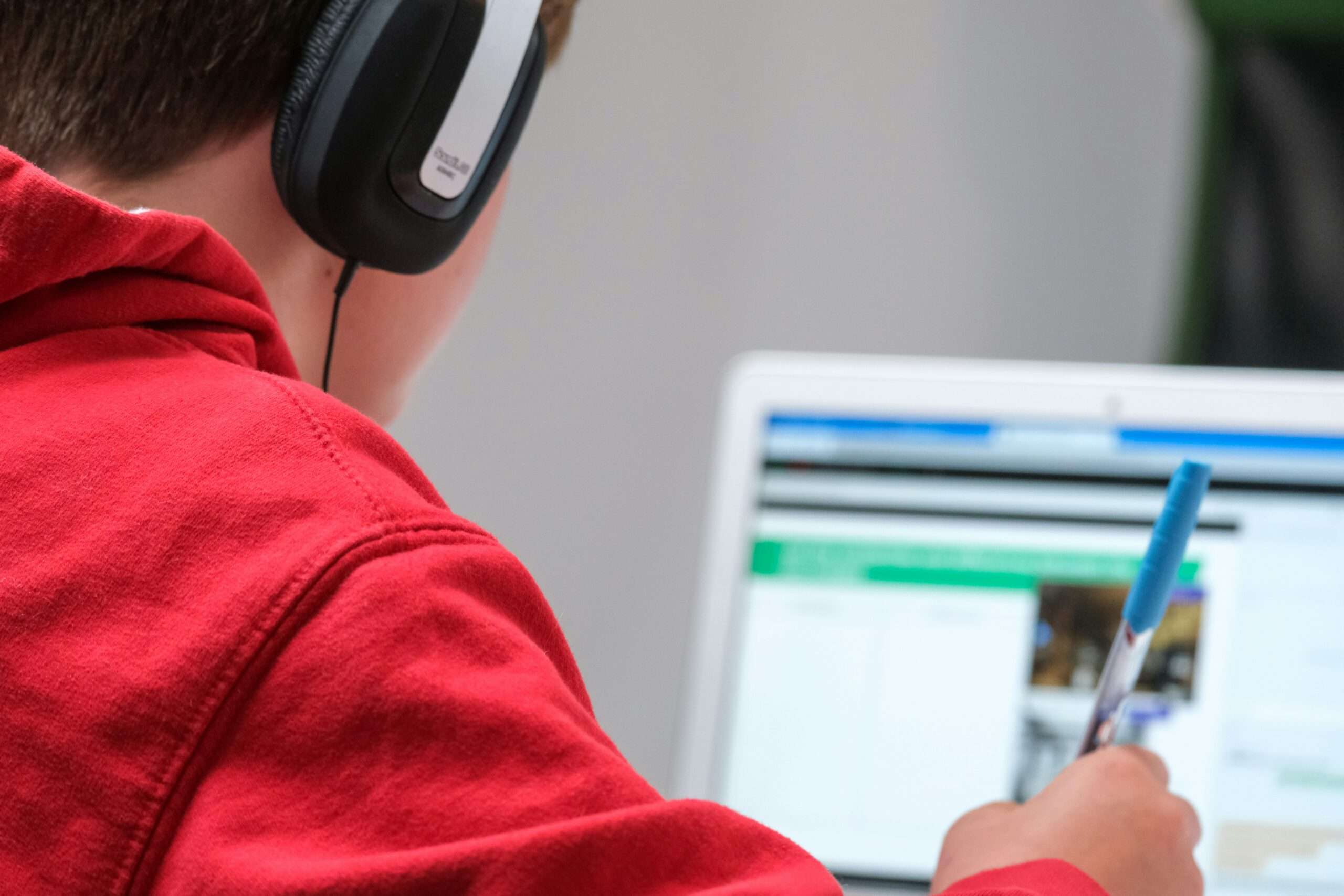Online learning has become increasingly popular in recent years, offering a convenient and flexible alternative to traditional classroom education. However, like any educational approach, online learning also has its disadvantages. In this article, we will explore some of the drawbacks associated with online learning.

Lack of Face-to-Face Interaction
One of the primary disadvantages of online learning is the absence of face-to-face interaction. Unlike traditional classroom settings, online learning relies heavily on virtual communication platforms. While these platforms facilitate communication, they cannot fully replicate the experience of in-person interaction. This lack of face-to-face interaction can lead to a sense of isolation and hinder opportunities for group discussions, debates, and collaborative learning.
The Advantages of Online Learning
Self-Motivation and Time Management
Online learning requires a high level of self-motivation and discipline. Without the structure and accountability provided by a physical classroom, students must be proactive in managing their time and staying motivated. This can be challenging for individuals who struggle with self-discipline or who thrive in a structured learning environment. Procrastination and lack of focus are common pitfalls that online learners may encounter.
Technical Issues
Another disadvantage of online learning is the potential for technical issues. Reliable internet access and a functional computer or device are essential for participating in online courses. However, not all students have access to reliable internet connections or up-to-date technology. Technical glitches, such as slow internet speeds or software compatibility problems, can disrupt the learning experience and cause frustration.
Limited Hands-On Learning
While online learning can be effective for theoretical or knowledge-based subjects, it may not be as suitable for hands-on or practical learning. Some subjects, such as science experiments, art projects, or physical education, require direct interaction and supervision. Online learning may struggle to provide the same level of hands-on experience and feedback that traditional classroom settings can offer.
Less Personalized Attention
Online learning often involves larger class sizes and less personalized attention from instructors. In a traditional classroom, teachers can observe students’ body language, facial expressions, and engagement levels, allowing them to tailor their teaching approach accordingly. In an online setting, it can be more challenging for instructors to gauge students’ understanding and address individual needs effectively.
Limited Networking Opportunities
Another disadvantage of online learning is the limited networking opportunities compared to traditional classrooms. In a physical classroom, students have the chance to interact with their peers, form study groups, and build connections that can extend beyond the classroom. Online learning, while providing some avenues for virtual collaboration, may not offer the same level of networking and socializing opportunities.
Dependence on Technology
Online learning relies heavily on technology, which can be both an advantage and a disadvantage. While technology enables access to a wealth of information and resources, it also introduces the risk of technical failures and dependence on digital platforms. Students who are not comfortable or familiar with technology may face additional challenges in navigating online learning environments.
Conclusion
While online learning offers many benefits, it is important to consider its disadvantages as well. The lack of face-to-face interaction, the need for self-motivation and time management, technical issues, limited hands-on learning, less personalized attention, limited networking opportunities, and dependence on technology are all factors that can impact the effectiveness and overall experience of online learning. It is essential for students, educators, and institutions to weigh these disadvantages against the advantages and make informed decisions about the most suitable educational approach for their needs.











